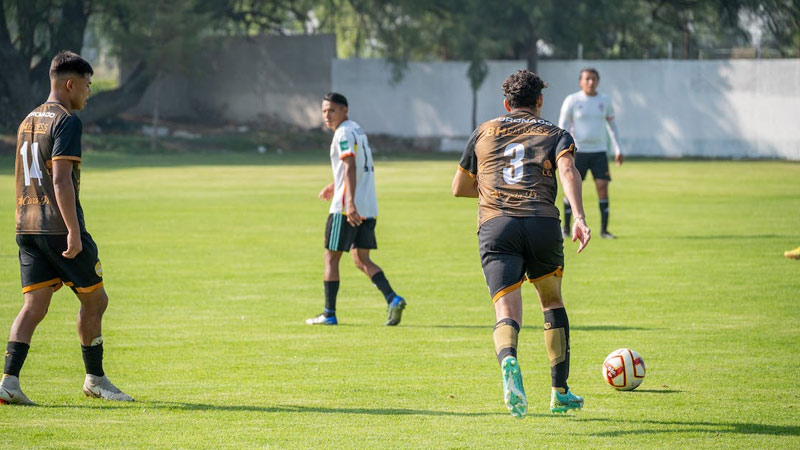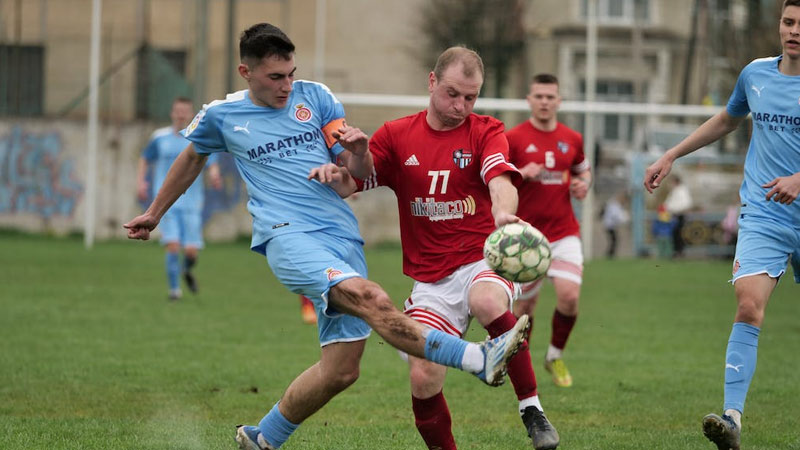There’s not a single soul on earth who hasn’t heard of World Cup Football. Kids to adults, Football a.k.a Soccer is a term that creates thrills in our mind.
In 2018, more than 4 billion people watched the World Cup in Russia. That makes up half of the world’s population. The other half surely knows what Soccer is.
But how many of us know even the Basic Rules of Soccer? It is important to understand what you are watching in front of.
That’s why! Today we will highlight the basic rules of soccer! Before becoming a soccer spectator, you should learn about soccer first and how it’s played.
Let’s hop in!
Basic Rules of Soccer
Before we get into the details, read out some common terminologies to understand the rules better.
Attacker: In soccer, an attacker moves the ball forward into the opponent’s goal area and creates a scoring opportunity.
Defender: It’s the job of the defender to prevent the opponent players from scoring goals.
Foul: The most common term you must have heard in every sport with a ball. A foul is an illegal play by a player which will result in a yellow or red card.
Back Pass: It is a pass, made by a player to forward the ball to the goalkeeper. It is usually a defensive move and initiates a new phase of the play.
Striker: One kind of attacking player who finishes the attacks by scoring a goal.
Bending the Ball: It is a technique where a player strikes the ball off-center. The goal is to create a curve path for the ball, ideally for scores!
Corner Kick: The shot is made from the corner closest to where the ball landed. An attacker makes a free kick from the corner of the field. When the ball crosses the goal line after last touching a defending player, it is a corner kick.
Free Kick: It is an award kick to the opponent as a result of a foul.
Direct Free Kick: It is one kind of free kick in which the player who makes the free-kick also scores a goal.
Dribble: Unlike basketball, we also have dribble here. In soccer, a player dribbles to keep control of the ball while running.
Kickoff: The kickoff is taken from the center of the field at the start of each half and after a goal has been scored.
Goal Kick: When the attacking team’s ball crosses the goal line, the defending team gets a goal kick. Any player can perform the goal kick but usually, the goalkeeper does it.
Goal Line: Not just one, but goal lines refer to the two lines at the end of the field.
Offside: A player is offside when he is too close to his opponent’s goal line than the ball itself and the second-to-last defending opponent. Offsides are illegal. Learn more about Offside here.
Touchline: It is the outer edge of the longer side of the soccer field.
Throw-In: When the ball crosses the touchline, it is a thrown-in ball. A player must have both feet on or behind the touchline, maintain ground contact, and use a two-handed throw from behind the head.
A throw-in doesn’t result in a goal.
Here are some common terminologies that you should be aware of to get the basics of Soccer. Now, let’s figure out how soccer works.
Basic Rules of Soccer Defined:

Soccer is simple! Eleven players from each team participated. One team tries to score goals and another team tries to prevent it.
To maintain fairness and equal goal-scoring opportunities, rules are made. Genuinely, a player can score from anywhere. But there are some rules!
Let’s start with the rules during the kickoff,
1) Players must remain in their half of the field. Players except for the ones who kickoffs.
2) The referee places the ball in the center and it has to be stationary at the moment of starting the match.
3) The kicker must not touch the ball again until it is touched by another player.
4) The team receiving the kickoff must be no less than 9.15 meters (10 yards) away from the ball.
5) The ball is instantly considered on play when it is kicked and moved. These are the genuine rules during the kickoffs. It doesn’t end here. When the match is going on, the following rules set the boundaries and ensure fairness.
(I) Each match must have one referee and two linesmen (referee’s assistant). The referee acts as a keeper and leads to the conclusion such as fouls, free kicks, throw-ins, penalties, and stoppages at the end of each half.
(II) Goalkeeper, also known as Goalie is the only player who can use the hand. The other 10 players can use their legs, chest, or head to hit the ball.
(III) When the ball is out of bounds (1) behind the goal line, the goalkeeper from the team who didn’t contact the ball last will kick back the ball into the play.
(IV) When the ball is out of bounds (2) on the sidelines, the team who skipped over the ball last can throw it back into play.
(V) When the ball is out of bounds (3) on the sidelines in front of the goal, the soccer team that didn’t contact the ball last wins a corner kick.
(VI) The clock doesn’t pause even if there is a player’s injury or the ball gets out of bounds.
(VII) Stoppage time is up to the referee to add. He may or may not add the additional time after each half.
(VIII) Offside Rules: One of the most misunderstood and confusing rules in Soccer. We have a detailed article on Offside Rules. Give it a read.
(IX) When the ball is out of bounds (4) the play stops temporarily. Ultimately it’s the referee who will decide which team gets the ball.
(X) It’s a goal only when the entire ball passes the goal line, in the middle of the goal post and under the crossbar.
Here are the basic rules of soccer. To start with soccer, you should start with the rules we mentioned here.
In case, you need to discuss the depth of any rules mentioned here. Feel free to leave a comment below. We can raise a topic and discuss it together!
Also, don’t forget to share our articles with your friends and other soccer-interested people out there. Also, we share regular updates on Soccer, stay tuned with us for more!







